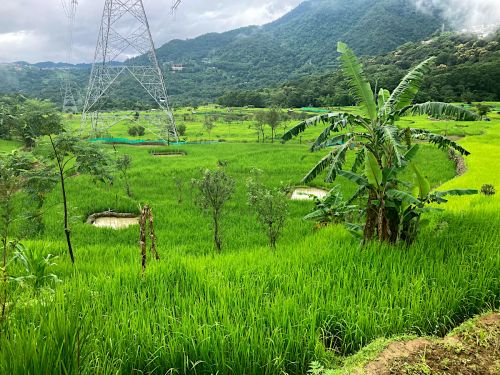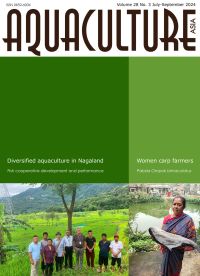Reaching out to the unreached through diversified aquaculture in Nagaland
15 July 2024 | R.N. Mandal, S. Adhikari, Vimezo Kere, S.K. Swain, P.P. Chakrabarti, G.S. Saha, B.N. Paul, C.K. Misra, Ezung Tsutsamo, A. Hussan, A. Das, and P.K. Sahoo | 603 Downloads | .pdf | 9.13 MB | Freshwater finfish, India, Inland aquaculture, Ornamentals
Nagaland is one of the eight sister states in northeast India. It is a mountainous region, home to diverse indigenous tribes with distinct cultures. With a population of 2.28 million, the total potential area for aquaculture is estimated to be around 30,000 hectares, but around 90% of this area remains untapped.
The ICAR-Central Institute of Freshwater Aquaculture (CIFA) has made significant efforts to establish aquaculture as a viable livelihood option for the people of Nagaland through the following programmes:
- Paddy and amur carp farming, utilising the extensive water resources available during paddy cultivation.
- The establishment of a large aquarium unit to familiarise people with ornamental fish and the distribution of aquariums to schools to develop an interest in ornamental fish species and farming among school children.
This article describes the efforts of CIFA and the Department of Fisheries, Nagaland, to implement a project on amur carp farming as a diversified aquaculture practice under the Northeast Program. Further efforts to initiate aquarium-based farming of ornamental fish species through a capacity building programme and distribution of aquariums and ornamental fish species to high schools are also described.
Creative Commons Attribution.

